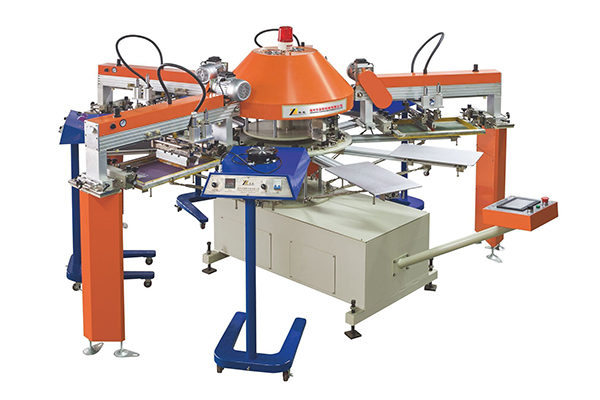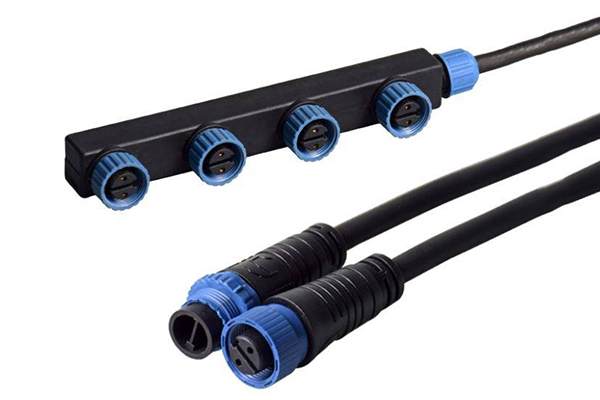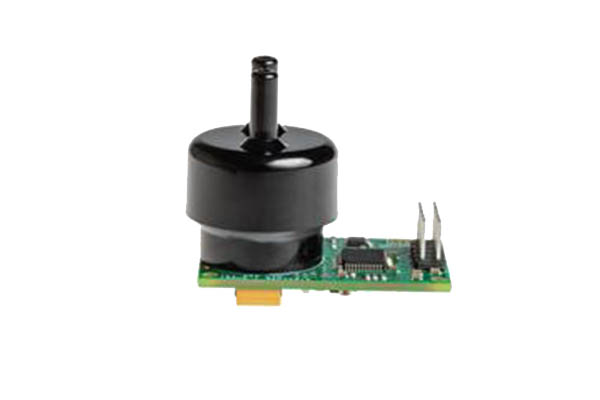The printing and packaging industry is crucial in product presentation and brand communication. However, it is also associated with the emission of volatile organic compounds (VOCs), which can have detrimental effects on air quality and human health. In this blog, we will explore ways to control VOC emissions in the production processes of the printing and packaging industry.
Source Control:
One effective approach to reducing VOC emissions is through source control. This involves using environmentally friendly inks, adhesives, and cleaning agents with low or zero VOC content. Starting with low-VOC raw materials, the overall VOC emissions can be significantly reduced from the beginning of the process.
Process Management:
Process management focuses on optimizing and regulating production processes. Drying is an essential step in packaging printing and often contributes to significant VOC emissions. By promoting the use of optimized drying equipment and control systems and implementing curing technologies, VOC emissions can be effectively controlled during the drying process.
End-of-Pipe Treatment:
End-of-pipe treatment refers to the treatment of VOC emissions at the end of the production process. In the packaging printing industry, there are two primary categories of organic waste gas treatment technologies: solvent recovery and destruction methods.
Solvent recovery techniques aim to separate and recover VOCs from the exhaust gas. These methods include adsorption-condensation recovery and absorption-dissolution techniques. They are suitable for processes that involve a high volume of organic solvents and inks with high VOC concentrations.
Destruction methods, on the other hand, focus on decomposing VOCs. Common destruction technologies include thermal oxidation (catalytic combustion, regenerative oxidation) and plasma oxidation. These methods are suitable for treating large volumes of exhaust gas with low VOC concentrations.
Adsorption Method:
The adsorption method is a commonly used technique to remove VOCs. It relies on the interaction between VOC components in the gas mixture and porous solid adsorbents. When the gas contacts the adsorbent surface, the VOCs are adsorbed, separating them from the gas and purifying it. The adsorption process can be carried out in fixed-bed, moving-bed, or fluidized-bed adsorbers.
Adsorption methods are generally effective for treating medium to low concentrations of gaseous pollutants. The adsorption efficiency depends on factors such as the properties of the adsorbent, the types of VOCs present, and operating parameters like temperature, humidity, and pressure.
Activated carbon is a commonly used adsorbent due to its large surface area, adsorption structure, selectivity, and catalytic properties. It plays a significant role in VOC treatment, especially for VOC control. Overall, adsorption techniques are cost-effective, efficient, and flexible. However, they may incur high operating costs and potentially generate secondary pollution.
Conclusion:
Controlling VOC emissions in the printing and packaging industry is crucial for environmental sustainability and human health. The industry can effectively reduce VOC emissions by implementing the above ways and utilizing end-of-pipe treatment technologies. Businesses must prioritize environmental responsibility and adopt these strategies to contribute to a cleaner and healthier future.



